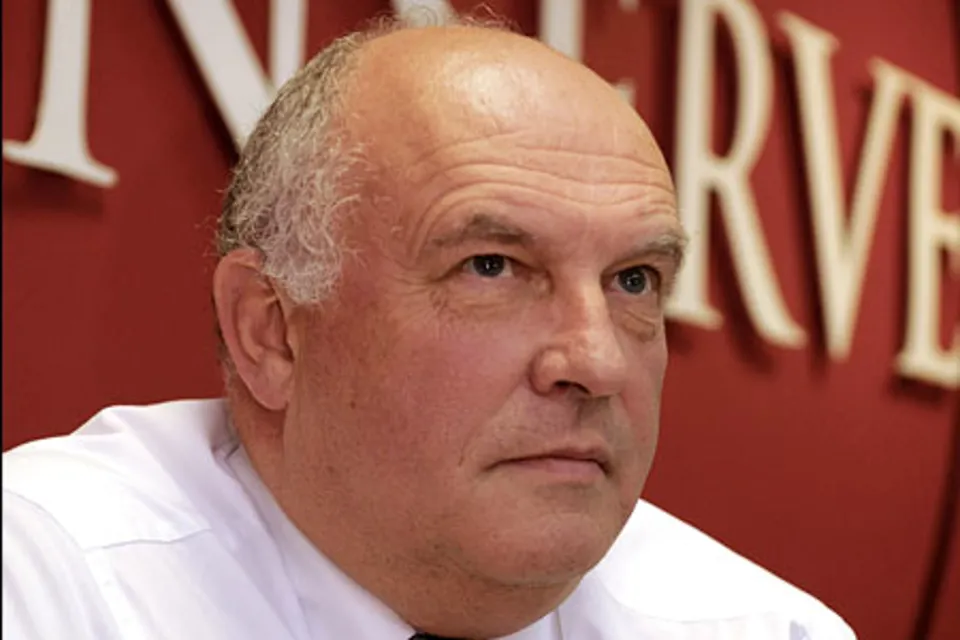Staff can trade up and down their band by 20% with pricing benchmarked against a basket of cars.
They have plenty of choice, but manufacturers are only allowed on the list if Innserve gets the “right support terms”, according to Binks. “Otherwise we take them off.”
Discounts are applied to the front end because it is more VAT efficient for the company and it passes the benefit on to the end-user thanks to the wholelife cost methodology.
Training part-funded by insurer
Driver training was introduced shortly after Binks joined the company. Every driver undergoes the risk assessment which establishes whether they are high, medium or low risk.
“It’s a blanket approach,” Binks says. “Then we look at whether they have points on their licence and any accidents in the past two years. This could result in an automatic half-day one-to-one on-the-road training.”
The process is repeated every two years. It’s linked to Innserve’s accident reporting system: managers can request that a driver goes for training at any time if they are concerned about their driving behaviour.
The training programme is part-funded by Innserve’s insurance company. Binks made the case by giving the insurer a two-page document outlining why the Transit is safer than the van it replaced on the fleet, such as electronic stability programme, air-con and rapid de-mist. He also included parts pricing showing the lower cost of repair.
“As a result of this, it agreed to contribute towards our driver training,” Binks says. “Its costs have also reduced because we have fewer accidents.”
Drivers are on a two-strike rule for own-fault crashes. After their second they face charges - £100 for the next, then £200. The accident report goes to the HR director who makes the final decision.
Innserve prevents the issue going underground through regular vehicle inspections carried out every six months by line managers.
In addition, all staff have a camera phone enabling them to take pictures of any damage which are sent to the fleet team.
Telematics was introduced on to the van fleet three years ago, initially for scheduling and efficiency purposes but also to prove/disprove allegations of speeding and to eliminate fraudulent claims.
Combined, the driver training, own-fault charges and telematics system have helped Binks reduce Innserve’s incident rate on cars and vans by more than two-thirds to 31%.
Culture means lower re-charges
Faults and damage are repaired quickly; this is part of the culture and drivers look after their vans better because they are kept in good condition. Consequently, re-charges are substantially lower than the norm.
Binks says: “Our vans are not your typical four-year-old when they return to market because of the ownership care. We also have them ply-lined so there is less interior damage.

















Login to comment
Comments
No comments have been made yet.